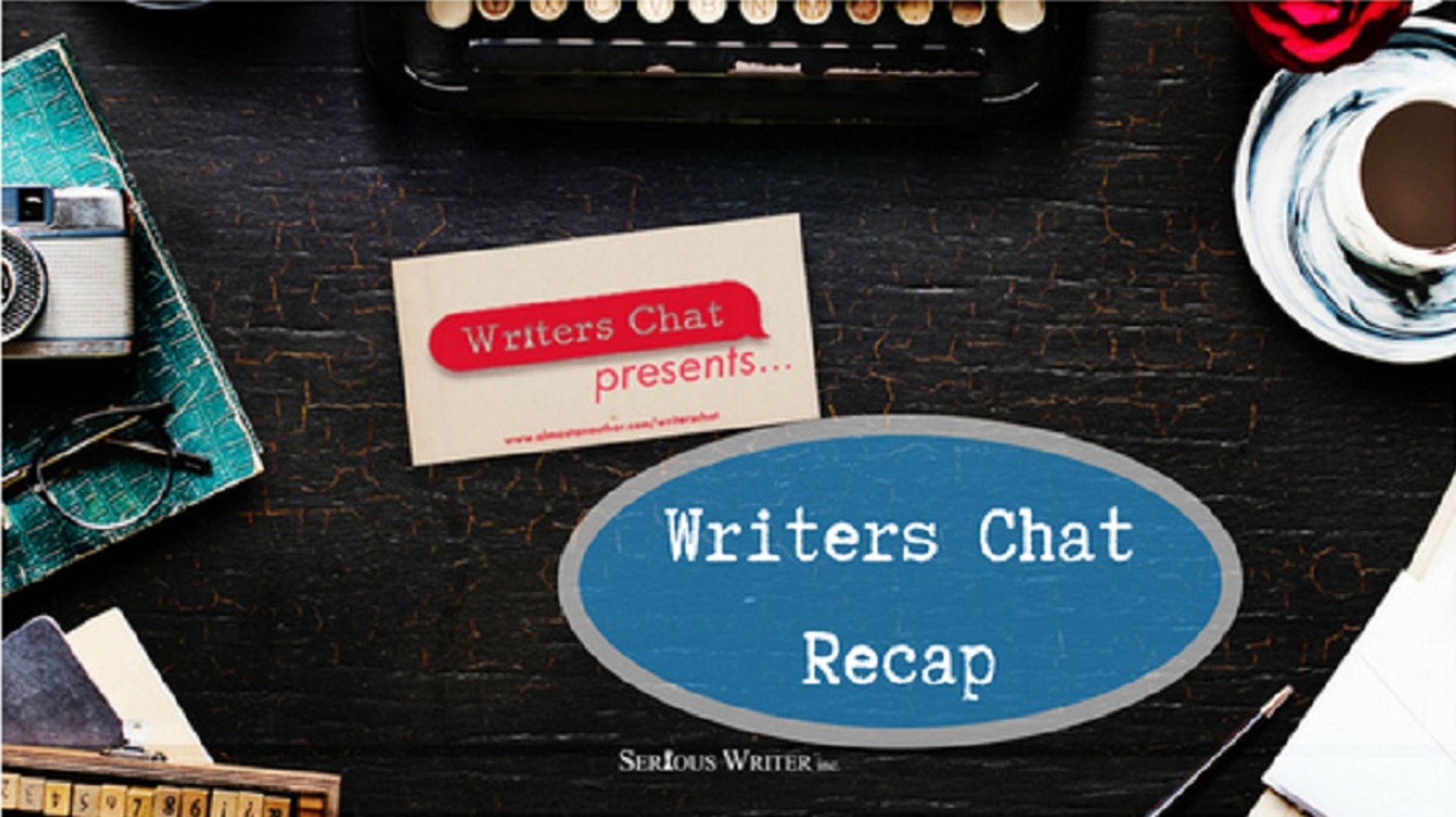
post-production
For almost 2 years now, the pandemic has shaken up Hollywood’s plans. Filming has been sporadic and movie release…
November 4, 2021
For almost 2 years now, the pandemic has shaken up Hollywood’s plans. Filming has been sporadic and movie release…
November 4, 2021
While many have romanticized ideas about life as a screenwriter, the hard truth is writing a screenplay is just…
September 4, 2021
Recently, a local writer friend and I decided to do a script swap to read each other’s WIP. To…
July 4, 2021
One of the best and most common pieces of writing advice screenwriters get is to always use visual storytelling.…
April 4, 2021
If you’re anything like me, you’ve been creative most of your life. For myself, I grew up as an…
June 4, 2019
If you’ve been reading my column for any amount of time, you know it’s no secret that I am…
February 4, 2019
A few months ago, I was asked by an agency to do a rewrite of an older screenplay I…
November 4, 2018
Writers Chat, hosted by Jean Wise, Johnnie Alexander, and Bethany Jett, is the show where we talk about all…
August 15, 2018
While brainstorming for this post, I remembered the song that inspired the climax for my first screenplay over a…
June 9, 2018
We’ve all seen bad movies before. Films we couldn’t wait to see after watching a brief two or three…
April 29, 2018
As an English major in the 90s, I was excited to learn my craft and be creative. However,…
January 7, 2018